How Basecore Geocell Enhances Road Construction and Foundations
When it comes to modern geotechnical solutions, Basecore Geocell stands out as a versatile and cost-effective option.
Tel: +86-411-39569550 | E-mail: info@geofantex.com/geofantex@gmail.com
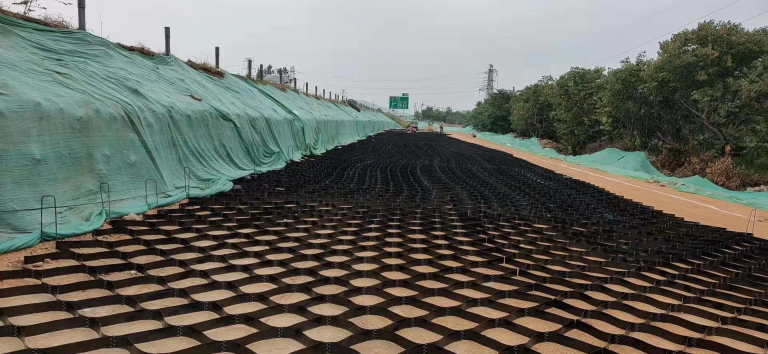
When it comes to modern geotechnical solutions, Basecore Geocell stands out as a versatile and cost-effective option.
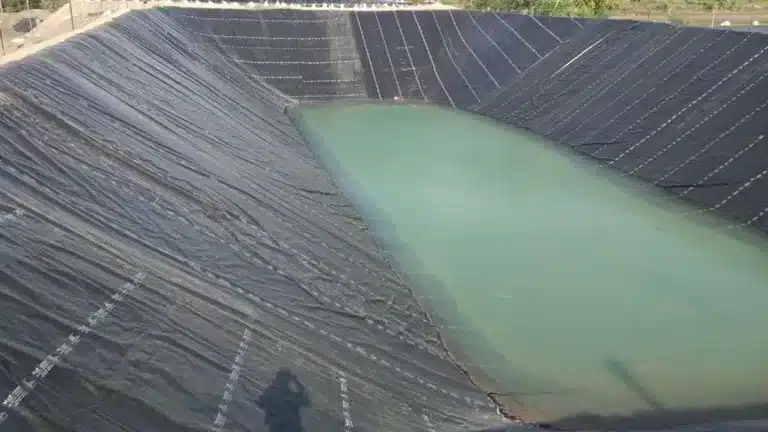
When it comes to geosynthetics, HDPE geomembrane plays a vital role in a variety of civil engineering and environmental projects.
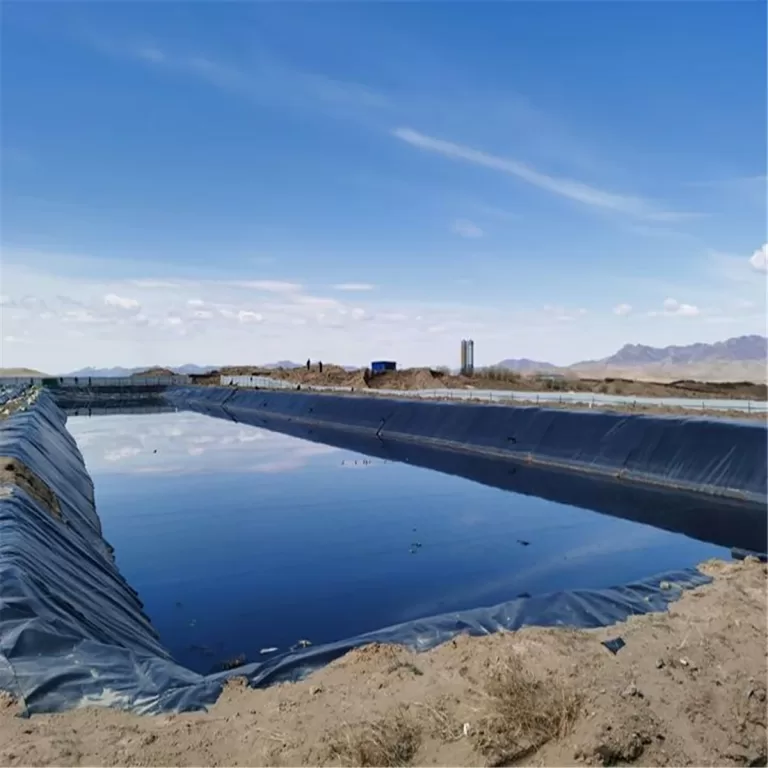
Geomembrane liner is an important component of geosynthetics and plays a key role in various environmental and engineering applications.
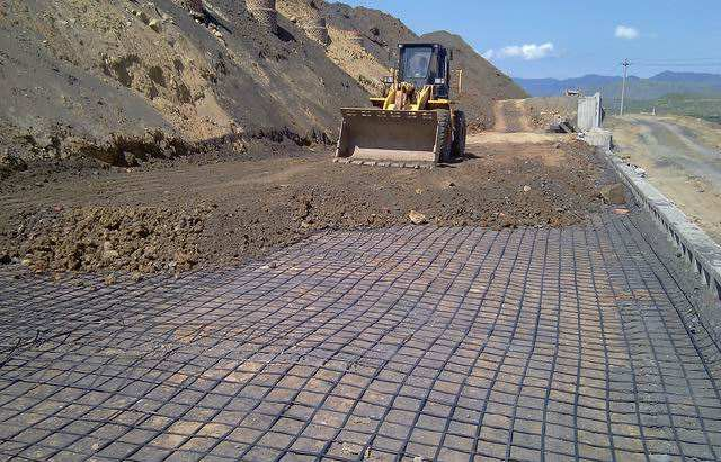
Learn what geogrid is, its types, and real-life applications in retaining walls, road embankments, slopes, and coastal erosion control.
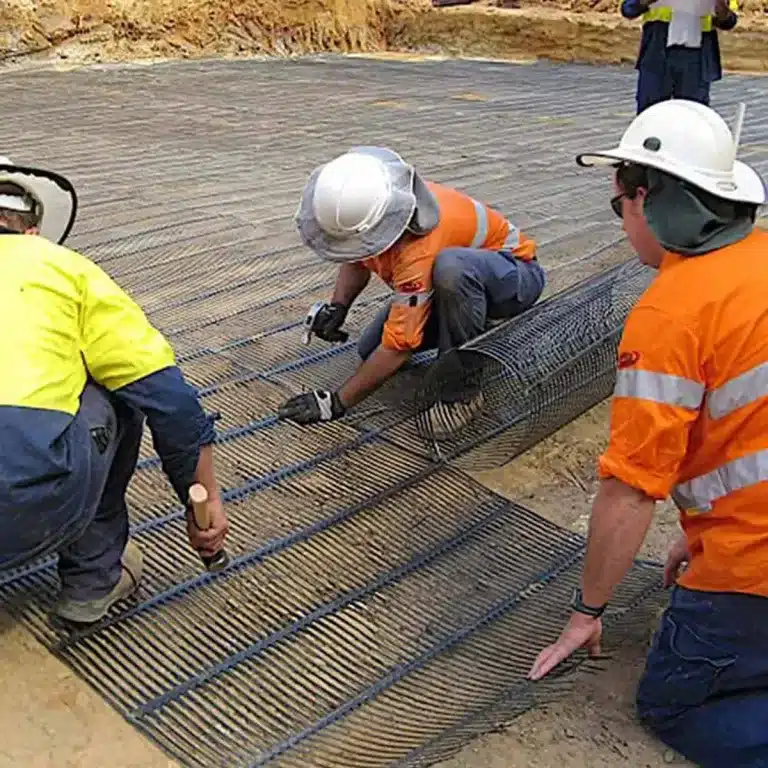
The use of geogrid mesh has transformed the civil engineering industry by providing stability and reinforcement to infrastructure projects.
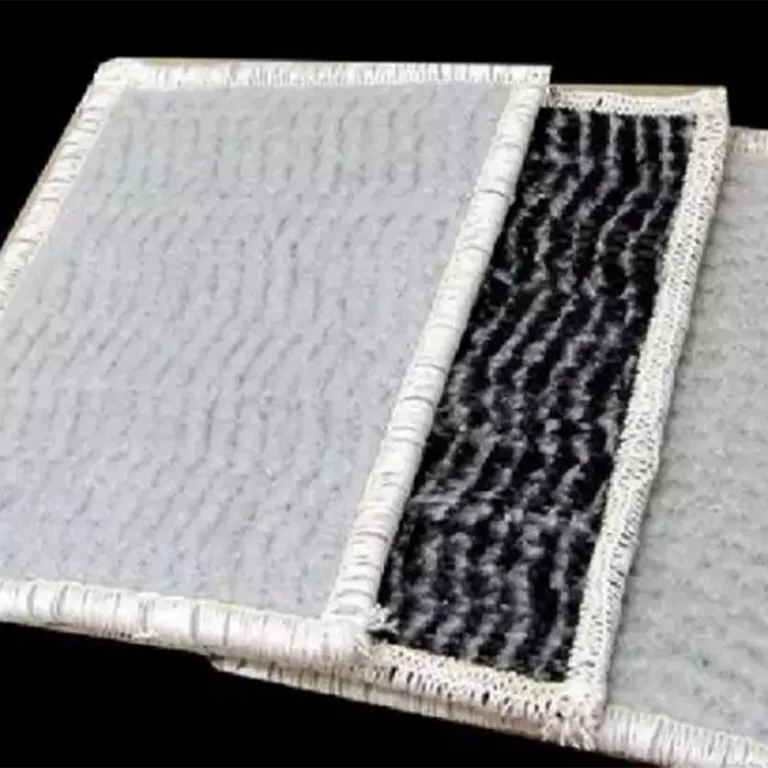
Geosynthetic reinforcement has emerged as a key player in advancing sustainable infrastructure projects worldwide.
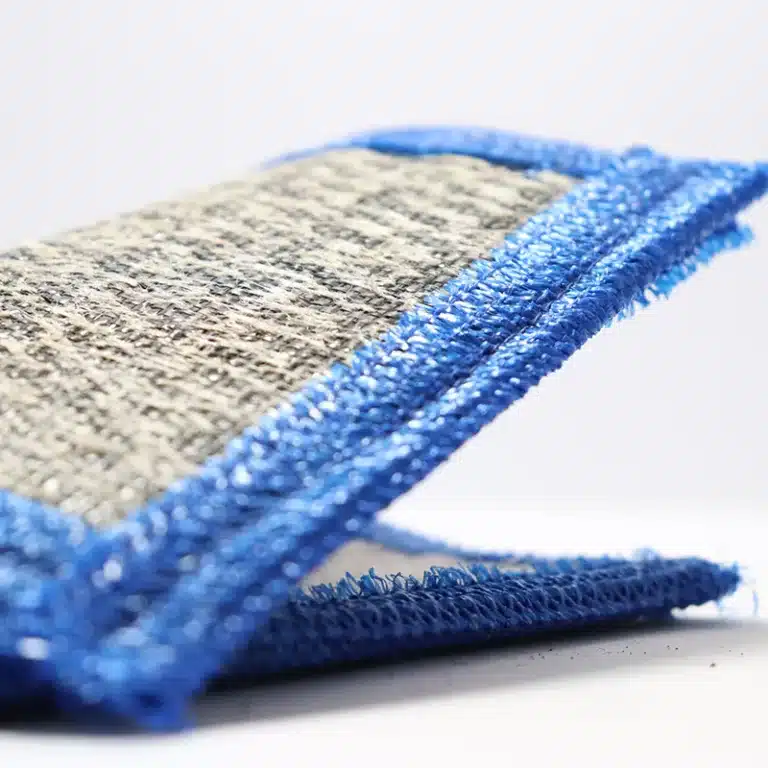
Geosynthetic clay liners (GCLs) have made significant advancements, with the new technology making waves in the environmental sector.

Finding the right geotextile fabric near me is crucial for ensuring your project is completed with durable and effective materials.

Geosynthetics, particularly geotextile fabric, play a crucial role in modern construction and environmental projects.

In recent industry news, geomembrane liners have continued to evolve as a vital component in environmental protection applications.
End of content
End of content
WhatsApp us